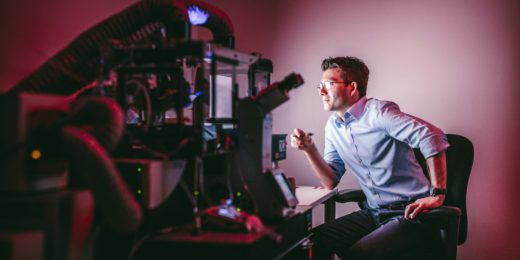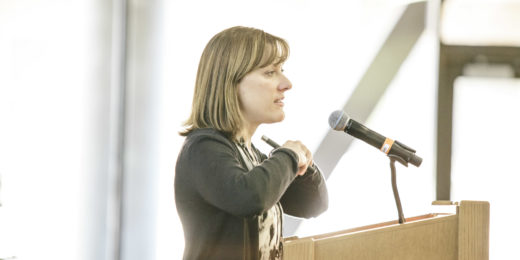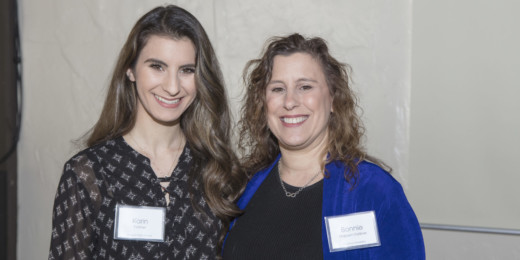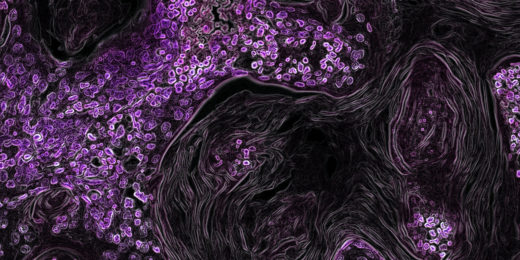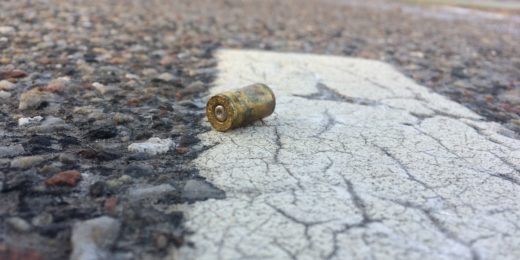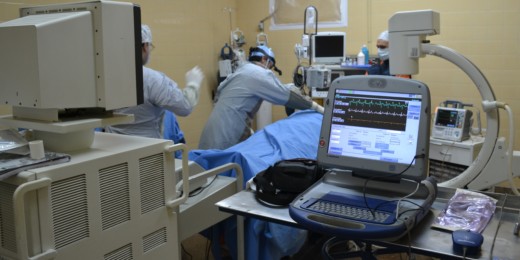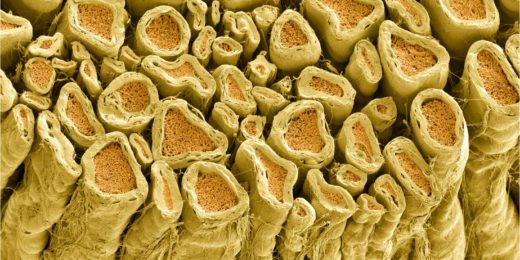A new mini-experiment from Stanford's WELL program challenges individuals to take five minutes out of their day to meditate, with the goal of improving well-being.
Month: March 2018
“Brain balls” let scientists mimic, study neurodevelopmental disorders in a dish
The human brain, and how it works, is one of the great mysteries of science. If only you could grow a brain in a bottle, you could learn a lot about what can go wrong – or for that matter, what goes right – in early brain development. So that's why Sergiu Pasca did.
“Everyone deserves a quality life” — An undergrad’s day in the emergency department
A Stanford undergrad reflects on his experience shadowing an emergency medicine physician. He found it uplifting, and it reaffirmed his desire to become a doctor.
Stanford symposium illuminates how stem cell therapies interact with their surroundings
Reaping stem cells’ full therapeutic benefits requires a detailed understanding of the complex relationships between the cells and their environments -- whether in a lab dish or a patient’s body.
Teen nicotine use: Toolkit provides info on the latest trends
The Stanford-based Tobacco Prevention Toolkit offers a resource for educators and young people to learn about tobacco product use and their health.
From experiment to prestige: A look at two pioneering women scientists
When they arrived at Stanford in 1978, Professors Carla Shatz and Helen Blau were two of the first women to be hired on the tenure tract for basic science faculty. In a video, they discuss the paths they've taken and reflect on the rewards and challenges of their lives as women scientists.
Stars of Stanford Medicine: “I have the best job in the world”
This Stars of Stanford Medicine Q&A features anesthesiologist and researcher Vivianne Tawfik, who examines the roots of chronic pain.
New imaging agent could help personalize lung cancer treatment
A new radioactive agent developed at Stanford can identify whether a widely used lung cancer drug is likely to be effective.
On writing about female physicians and the Grand Canyon: A Q&A
Writer-doctor Sandra Miller discusses her novel "Only Rock is Real," which features a female primary care doctor who works in the Grand Canyon.
Why Frankenstein matters, now, to you
Stanford anesthesiologist and writer Audrey Shafer reflects on the importance of considering the scientific and ethical issues raised by Frankenstein.
Protecting our patients: Intervening in the gun debate
Is preventing gun violence really the work of clinicians? Yes, argues first-year Stanford medical student Orly Farber.
Use your range hood for a healthier home, advises indoor air quality researcher
To prevent potentially harmful levels of pollutants from building up inside homes, air quality researcher Brett Singer provides tips.
Stanford Presence Center symposium grapples with balancing human and artificial intelligence in medicine
Stanford’s Abraham Verghese believes there should be a more nuanced conversation around what artificial intelligence can do for doctors.
Stanford scientist weighs in on new government report on physical activity
A new report out of the U.S. Health and Human Services Department takes a science-first approach to detailing the boons of physical activity for human health.
Tackling the “childcare-conference conundrum”
Primary caretakers face inequitable professional hurdles. The Working Group of Mothers in Science suggest solutions for the child care-conference conundrum.
Advanced cell-labeling technology identifies suspect cell type, possible new therapeutic approach to multiple sclerosis
Researchers have identified an immune cell type with an apparently critical role in multiple sclerosis, and a way to block its entry into the brain.



